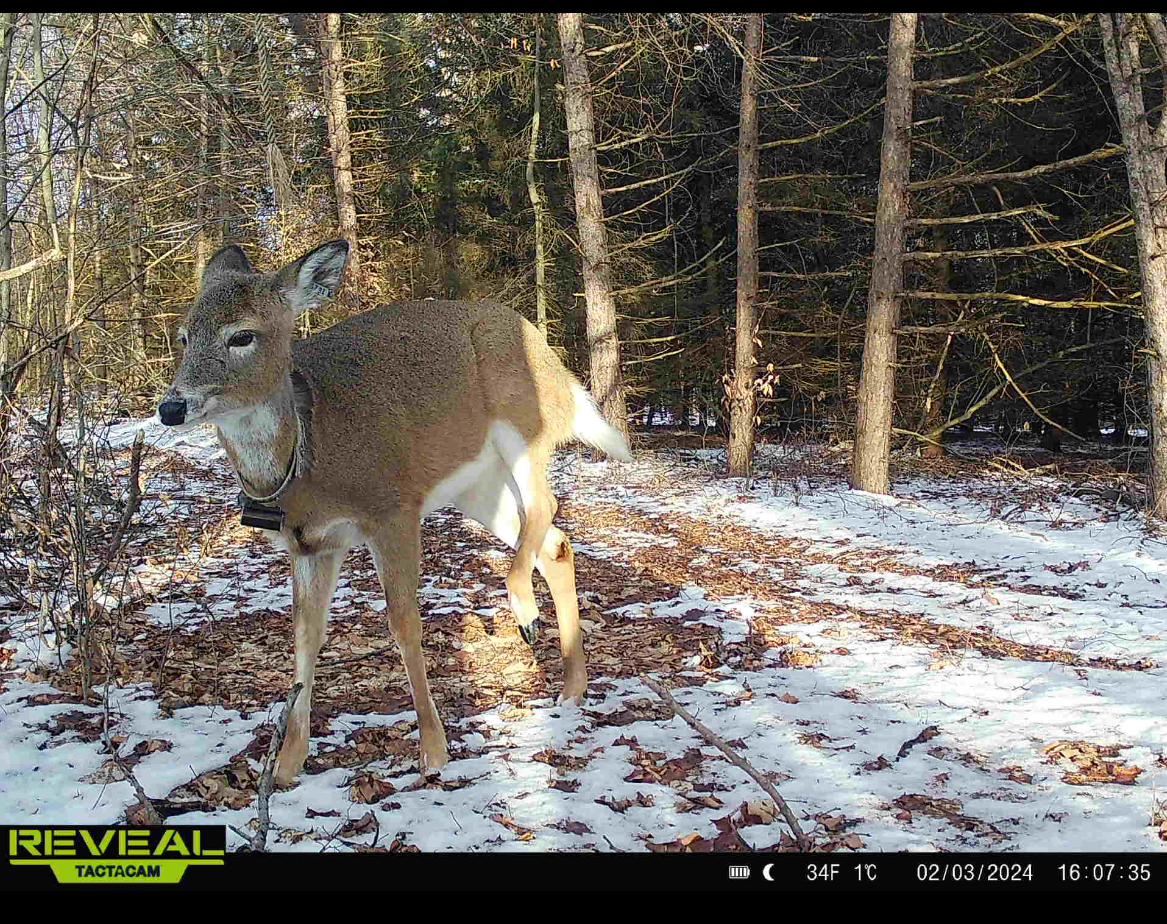WYelker
Well-known member
- Joined
- Feb 1, 2021
- Messages
- 468
I am struggling to find good clear data and studies on this issue. I know it is generally accepted that male harvest is not a limiting factor on herds and on herd recovery as long as the male to female ratio is high enough for the females to be bred.
Does anyone have good studies on this topic?
I know that the generally 12/100 buck to die ration is considered the low end and anything below that lead to open doe in the fall. I know that high pregnancy rates are the first step, then getting fawns on the ground next step then having fawns survive is the final. But where does buck harvest play into this equation?
Can you share articles/studies in this area?
Does anyone have good studies on this topic?
I know that the generally 12/100 buck to die ration is considered the low end and anything below that lead to open doe in the fall. I know that high pregnancy rates are the first step, then getting fawns on the ground next step then having fawns survive is the final. But where does buck harvest play into this equation?
Can you share articles/studies in this area?






